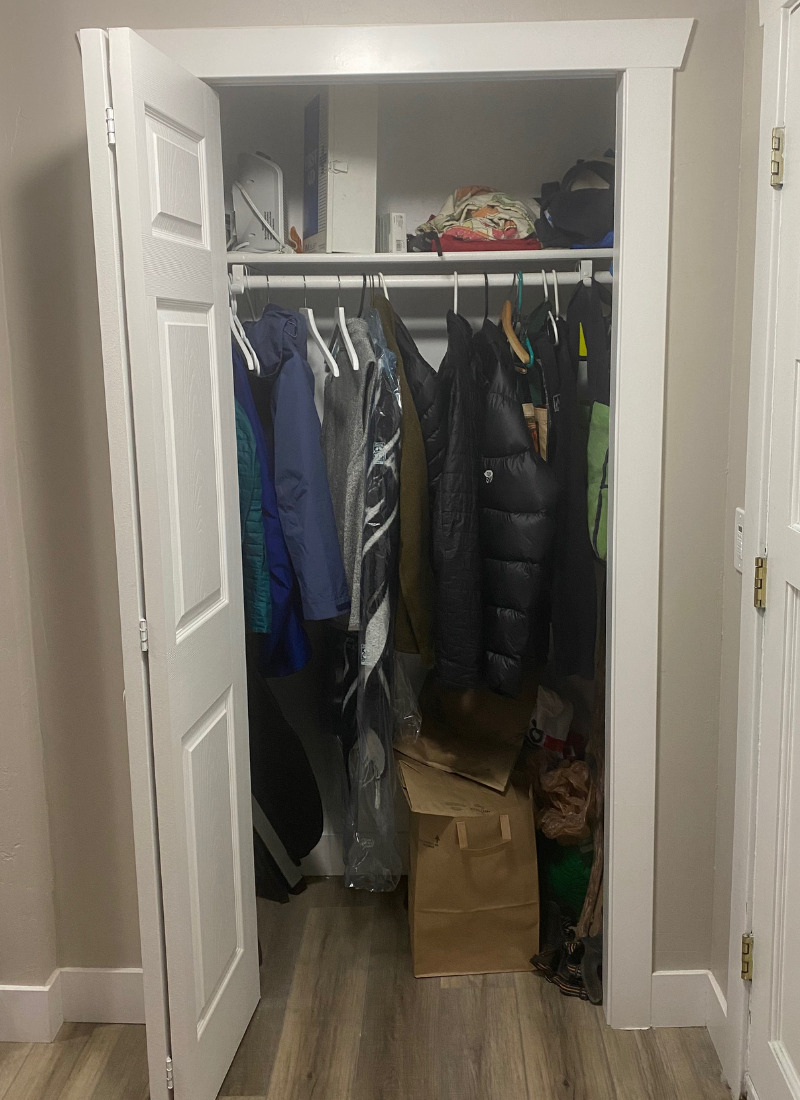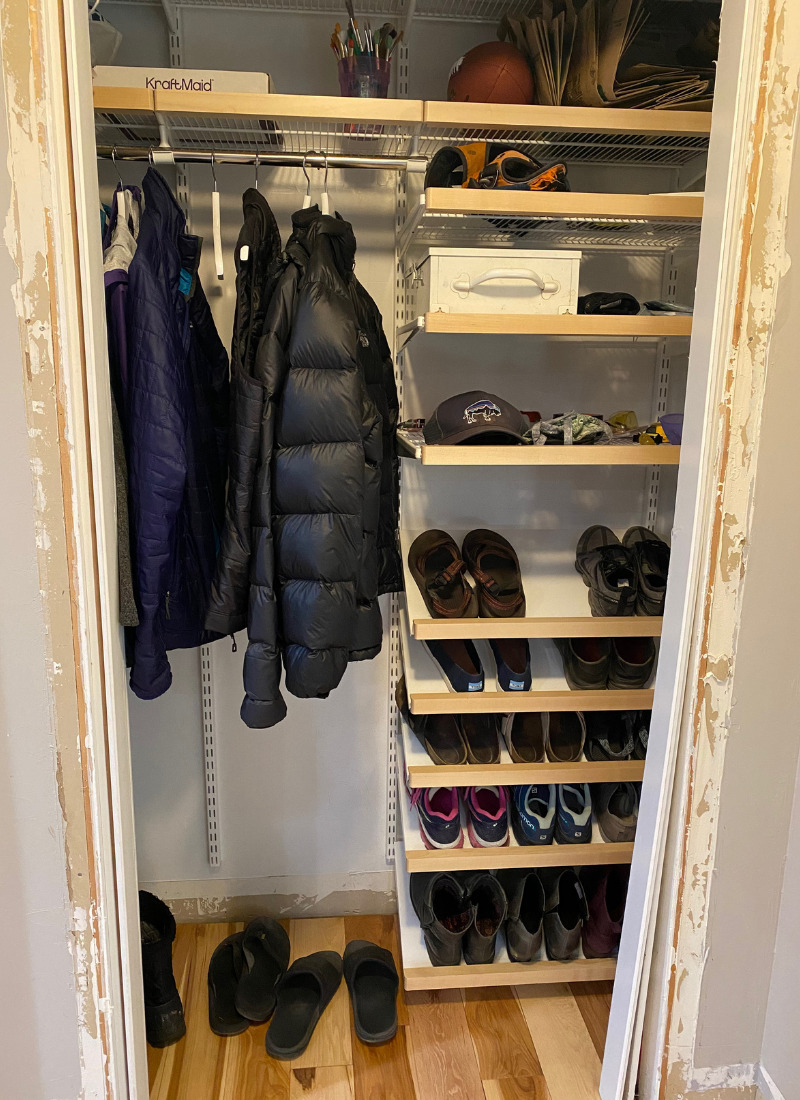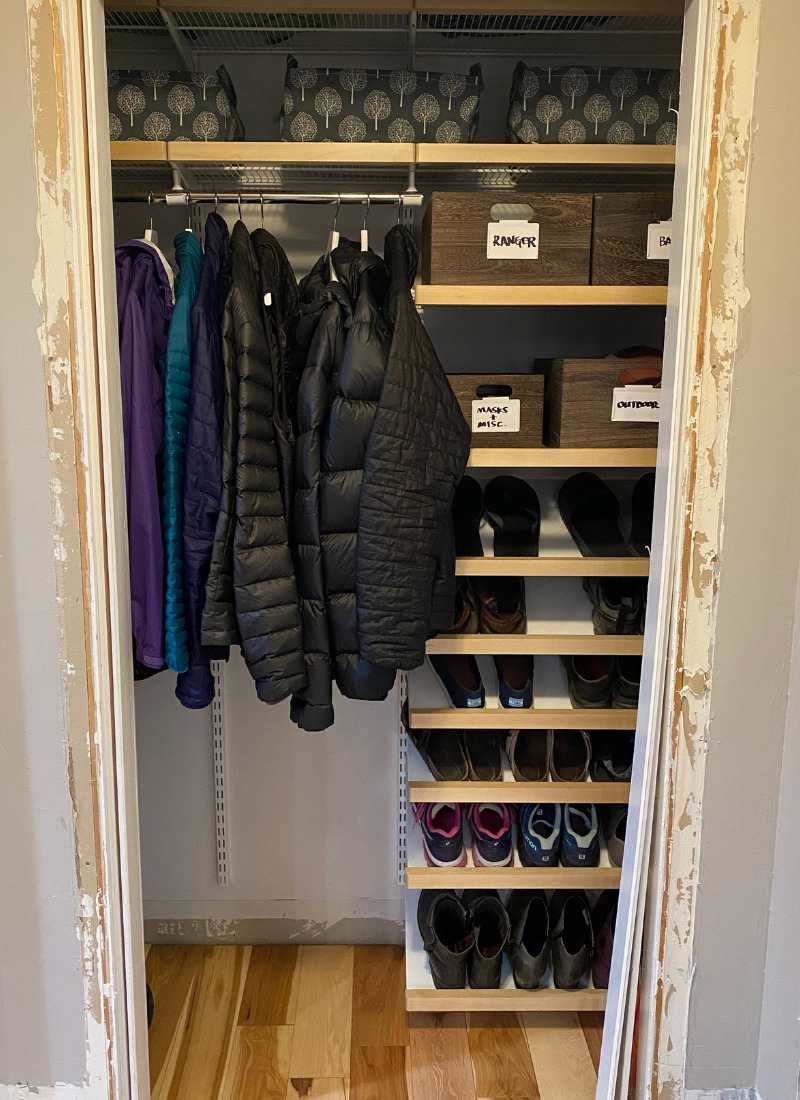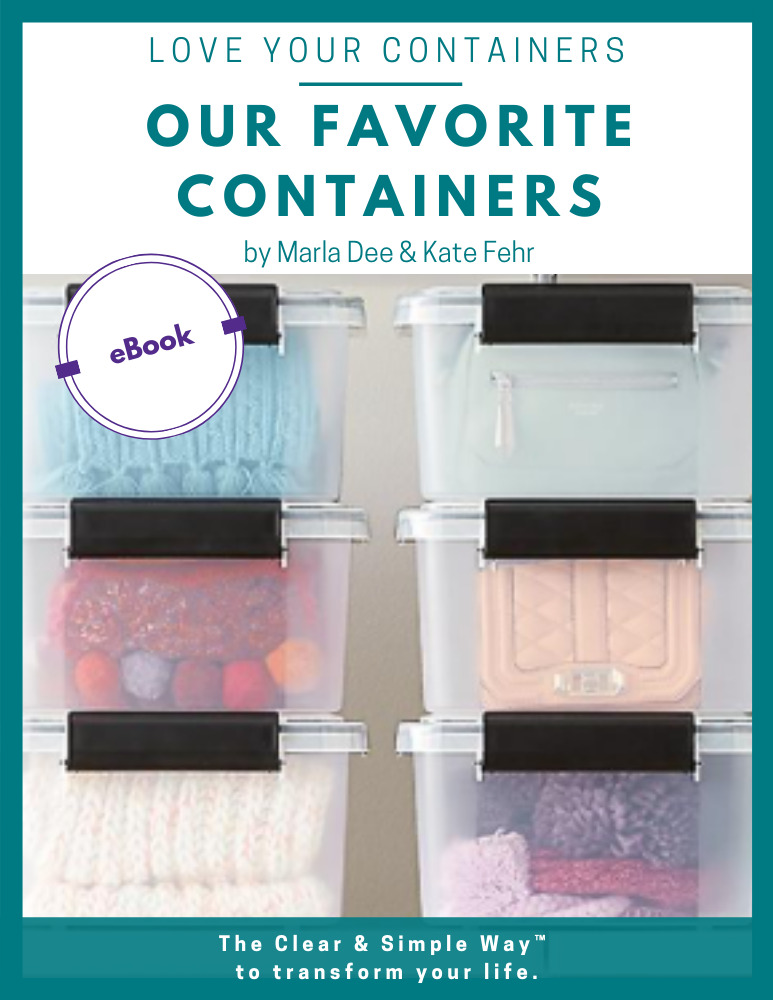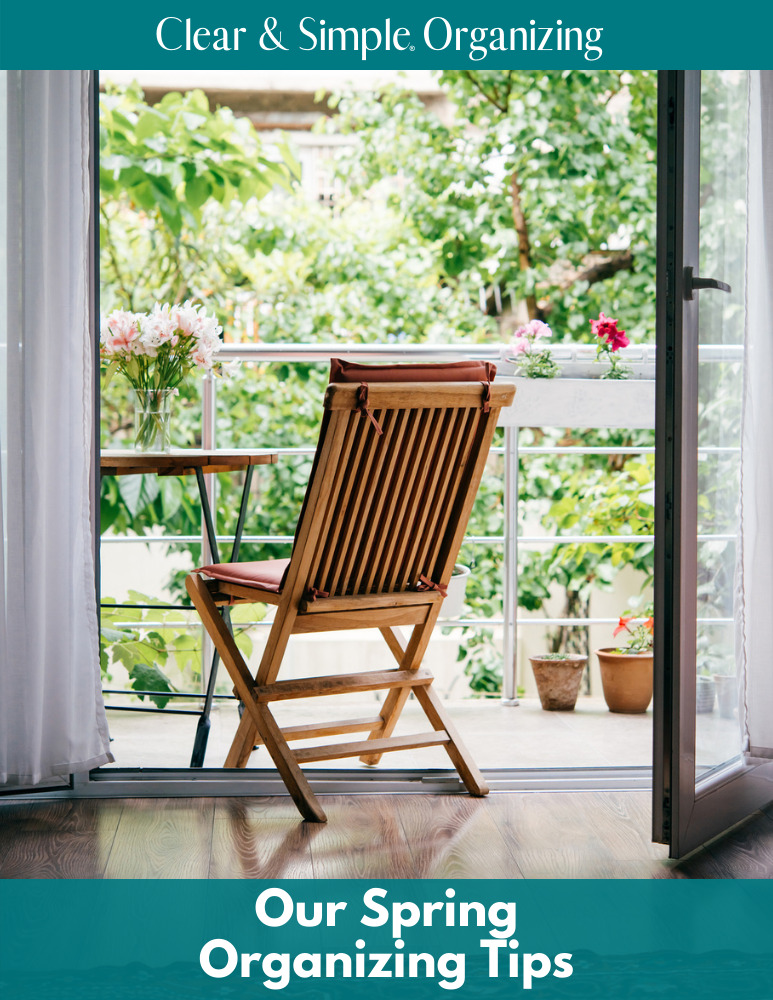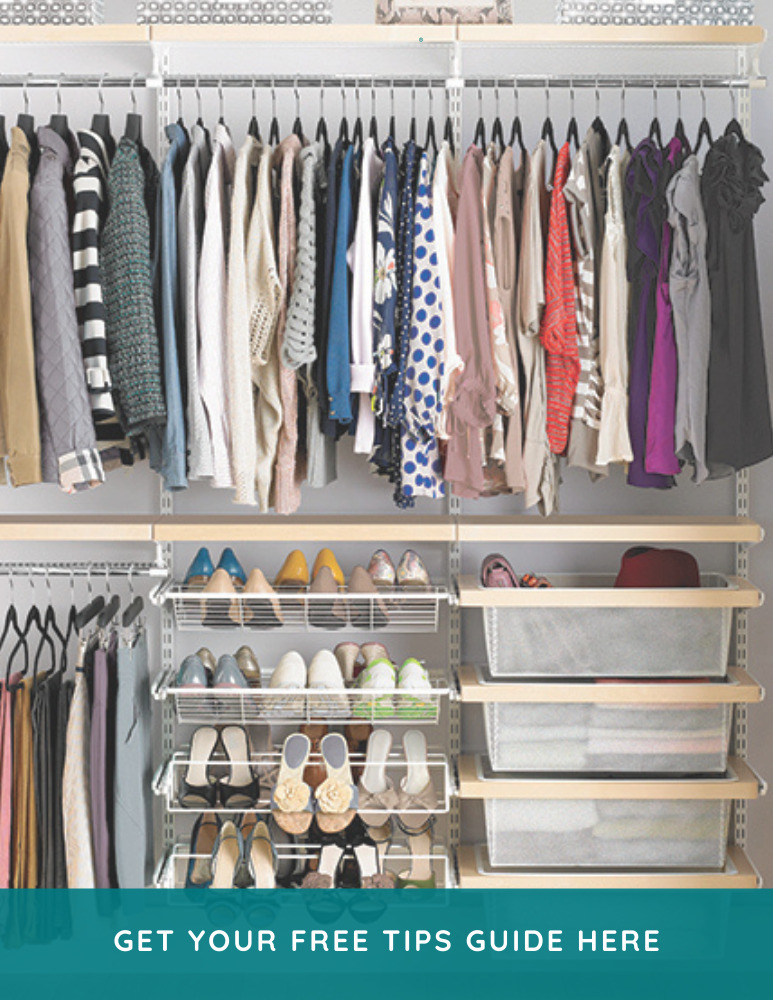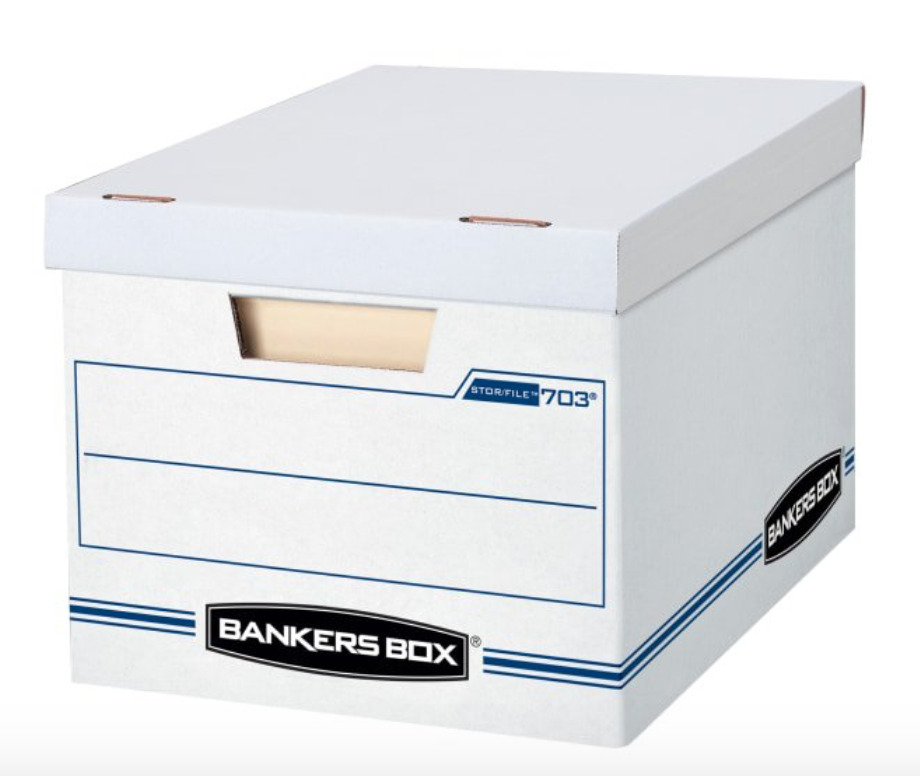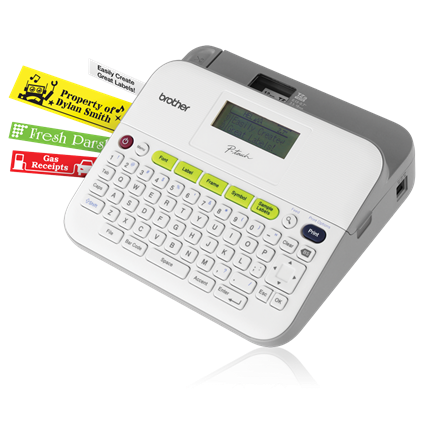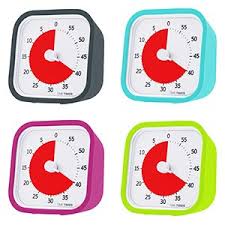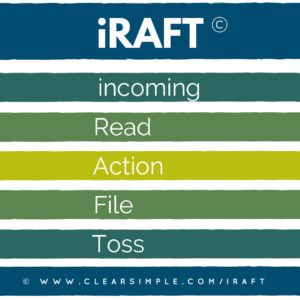iRAFT begins with INCOMING:
As we mentioned above, the information is coming from many places; the mail box is only one. Think about how much easier it is to start into your email because it is in your INBOX. So for the paper, choose a container that will hold a week’s worth of incoming paper and put everything there! This includes mail, flyers, notes, etc… You also need a place for thoughts, conversations and such to land. You might use an app on your smart phone, Evernote or a small spiral notebook.
Then once a week (or more often if needed) you will take all the incoming and sort it into four piles. You simply ask do I need to Read, take an Action, File or Toss. Then take the paper (or move the emails) into the each container or folder.
READ:
Choose a cool container for your reading that is staying at your desk, your reading chair and for on-the-go.
ACTION:
Every home and office needs an action container for those papers that need your attention such as bills to pay, errands to run and items to discuss with someone else. We suggest making your container vertical so that it is easy to find what you need and leave the other items organized. It is also nice to have it portable so it can move around your space.
FILE:
We often ask our clients to describe how they feel about FILING. We hear words like yuck, overwhelming, impossible, always behind, drawers are full. And there is a constant theme of not know what to keep or for how long. So start with setting up a “to file” container and then schedule time once a week or once a month to file, depending on your volume. If you really hate filing then get someone else to do it.

